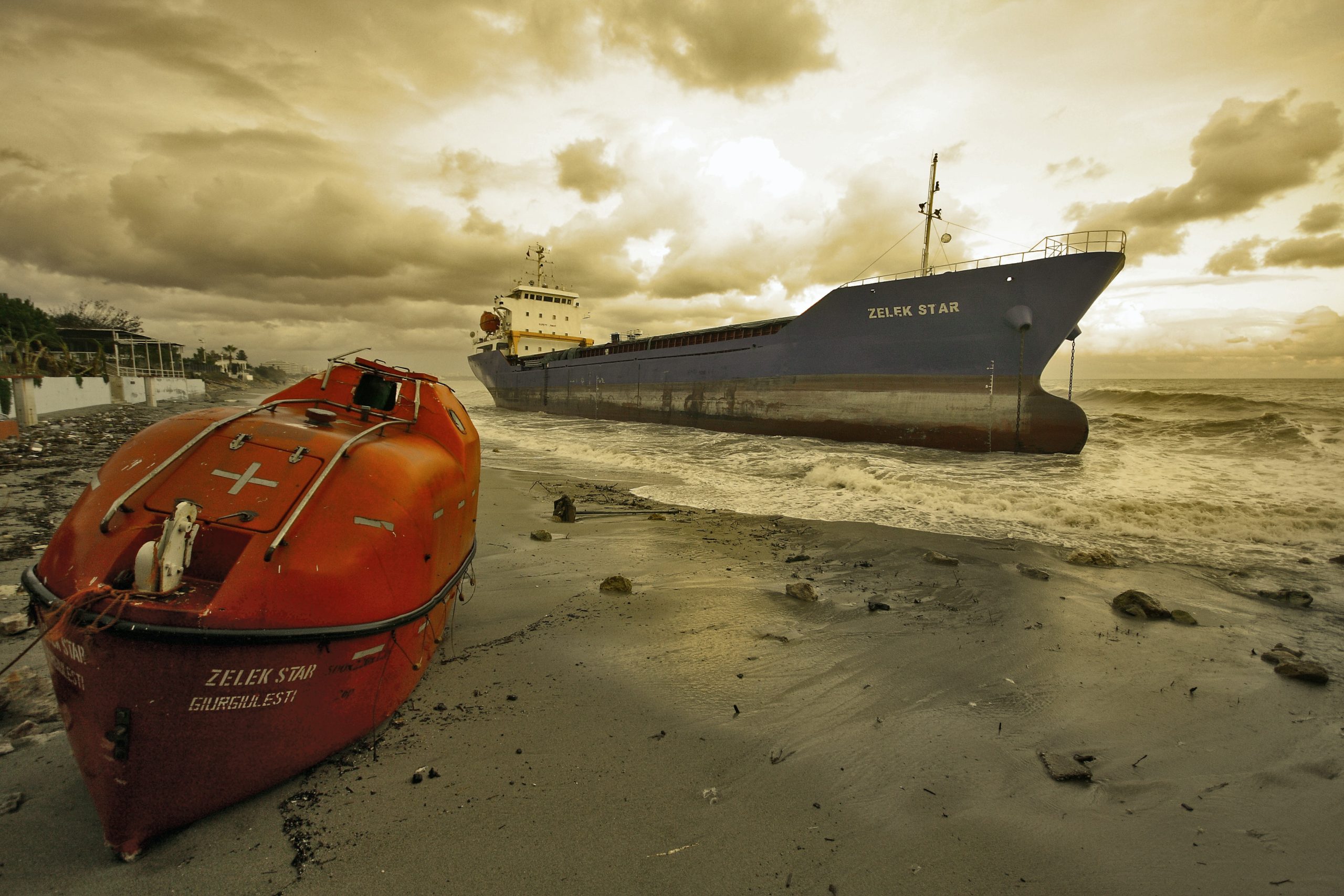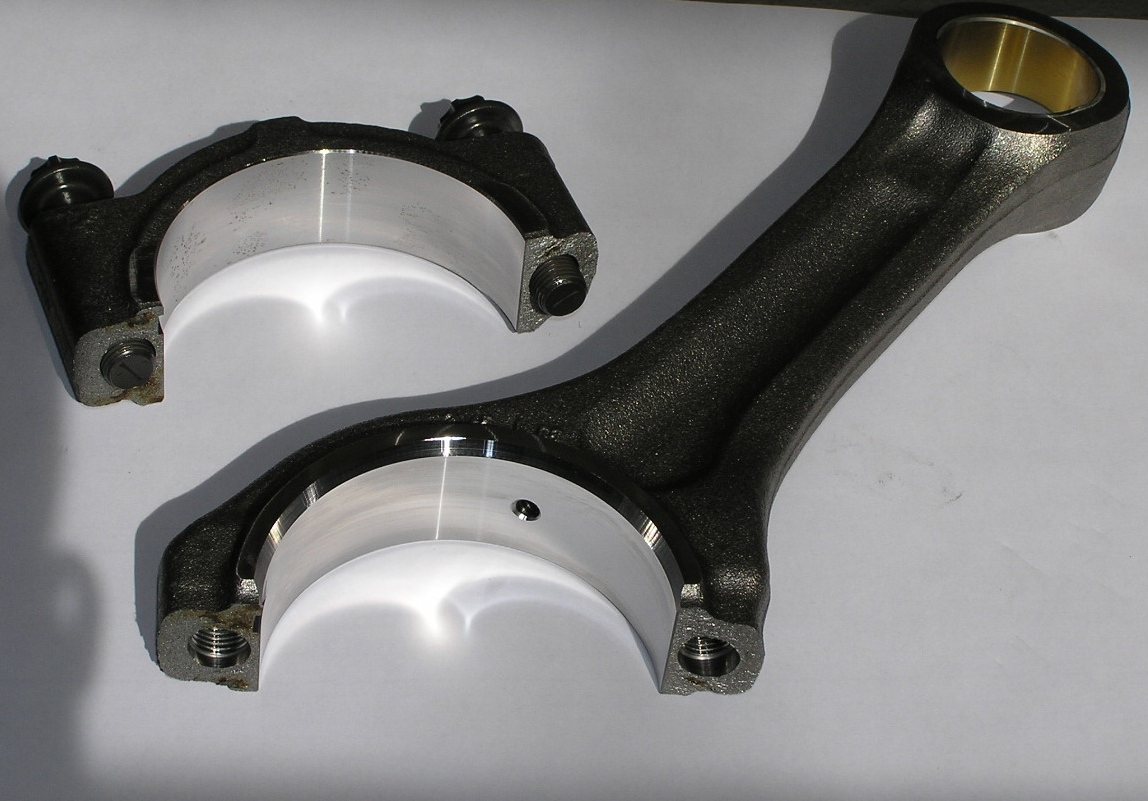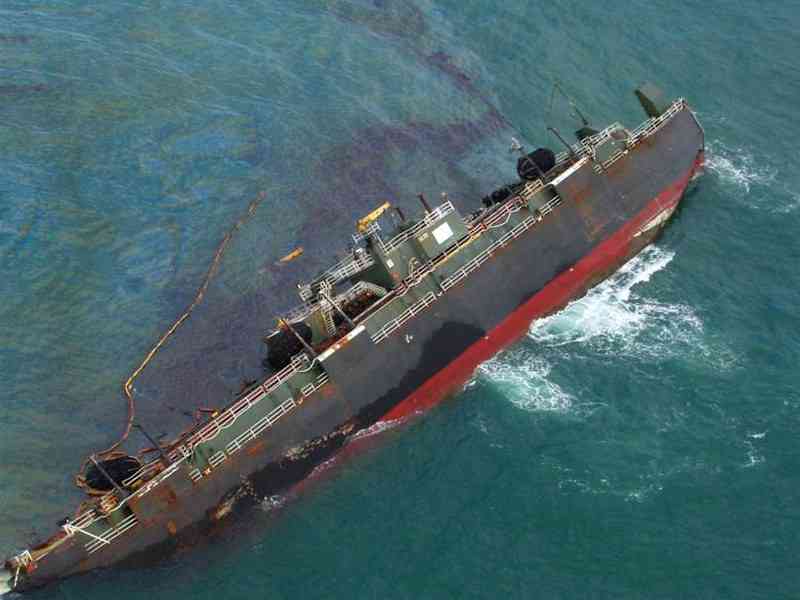Category: Blogs
-

The CII (Carbon Intensity Indicator) explained in 6 minutes
The CII (Carbon Intensity Indicator) explained in 6 minutes – Nautilus Shipping Introduction The International Maritime Organisation is a United Nations agency that adopts and develops regulations to ensure that international shipping is safe, secure and pollution-free. One of its goals is to ensure that international shipping takes active measures to meet the United Nations…
-

What is Methane Slip in LNG Engines? Causes and Solutions
Methane Slip | Definition, Causes and How to Reduce Introduction The maritime industry has been moving towards greener shipping to reduce its carbon footprint for some time now. Along the way, we have seen many initiatives that can help us reduce our emissions by using cleaner fuel more efficiently. Some of these include shifting to…
-

SOLAS Chapters for Beginners | Summary, Parts, Regulations Explained
Solas Chapters for Beginners | Summary, Parts, Regulations Explained Introduction There are many dangers to life at sea. Fire, flooding, collision, grounding, heavy weather and drowning are some of the major ones. But there are many more minor dangers that can jeopardise the safety of life. The collision and subsequent sinking of the Titanic was…
-

Engine Connecting Rod | Types, Parts, Materials, and Stresses Explained
IC Engine Connecting Rod Introduction The connecting rod is one of the most critical components in an internal combustion diesel engine. It is under constant stress whether the engine is running or not and thus, requires extremely careful design, manufacturing, operation and maintenance for a long and incident-free service life. In this article, we provide…
-

A Beginner’s Guide to Marine Engine Power and Efficiency Terminology
Marine Engine Power and Efficiency Terminology | Indicated Power | Brake Power | Mechanical Efficiency | Thermal Efficiency Marine engine terms for power Indicated power Brake power Friction power Shaft power Indicated Power (IP) Definition This is the total power produced by an internal combustion engine in its cylinders in one cycle. When the fuel…
-

What is a Marine Engineer? Job Description, Qualification, Salary & more
What is a Marine Engineer? Job description, Qualifications, Salary & more Introduction We don’t hear a lot about marine engineering because we don’t come across marine engineers very often. In this article, we shall give you a complete rundown of this profession. We will talk about the different aspects such as job description, qualifications, salary…
-

The Fire Triangle and The Fire Tetrahedron: A beginner’s guide
Introduction Since humans first discovered how to start a fire, they have been looking for better ways to put them out. To that end, a lot of research has been carried out on multiple fronts to understand the nature of fire and how we can use that to gain mastery over it. Today, we look…
-

Classes of Fire as per ISO/NFPA and how to extinguish each
Introduction Fires occur when we least expect them to. They have the capacity to cause utter and complete destruction. When they occur, a quick reaction can not only save property but also lives. But to react in the right way, we must first learn what it is. A wrong reaction can cause much more destruction…
-

MAN B&W Engine Nomenclature explained
Introduction MAN B&W engine nomenclature can be difficult to understand and thus, difficult to recall. But once we are familiar with the concept behind it, we can understand crucial details about any engine within a fraction of a second. And so, today, we shall attempt to understand the nomenclature rules behind MAN B&W’s marine diesel…
-

How to clean up oil spills – 14 unique methods
What is an oil spill? An oil spill is a form of marine pollution that occurs when any type of oil spills into an open body of water. The oil floats on the water surface as a discrete mass. As it contains many toxic compounds, an oil spill can harm the biotic and abiotic components…